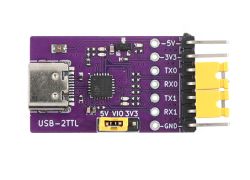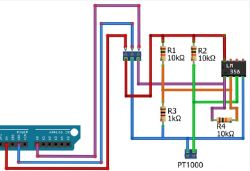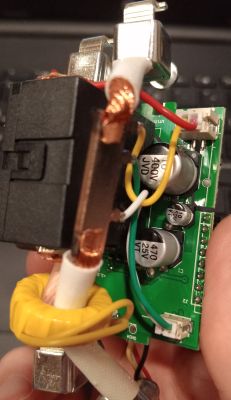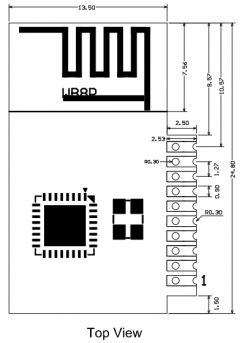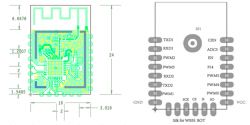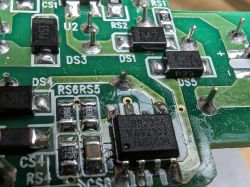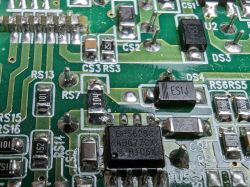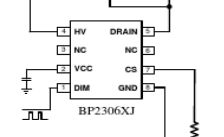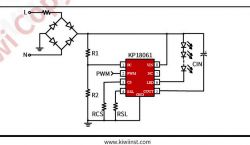I have a bunch of these and decided to sacrifice one bulb so I could use cloudcutter on the others if it all works out. I was able to successfully flash the bulb using the cloudcutter method.
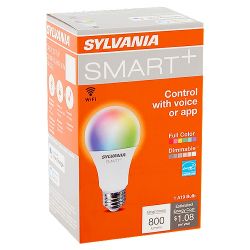
Model name stamped on the base:
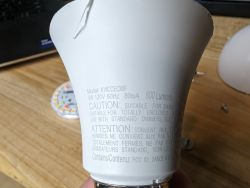
The model name is a bit obfuscated with this one:
Model: A19CCECWF (Printed on the base of the bulb itself, but this is nowhere to be found online or on LEDVANCE/SYLVANIA's website anywhere)
SKU: 75663 (1-pack)
SKU: 75674 (4-pack)
product_id: 1ijupffokexbz0cl (Tuya / Sylvania product identifier found with [tuya-uncover](https://github.com/blakadder/tuya-uncover))
Like all smart bulbs, they basically come apart the same way:

LED close up:

Board close up 1:

Board close up 2 (thought I needed to get the capacitors out of the way to read the flash, but not needed):
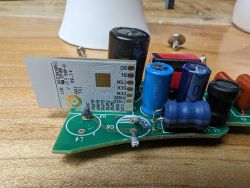
WB8P BK7231T:
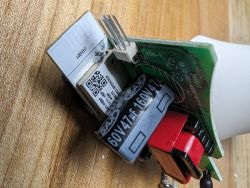
Original firmware:
The only thing odd is the device configuration states it is a WB3S, however, the module is a WB8P. Maybe that's actually "normal"?
I'll flash another fully functional bulb soon to try and see if I can get it dialed in with all of the RGBCT settings.

Model name stamped on the base:

The model name is a bit obfuscated with this one:
Model: A19CCECWF (Printed on the base of the bulb itself, but this is nowhere to be found online or on LEDVANCE/SYLVANIA's website anywhere)
SKU: 75663 (1-pack)
SKU: 75674 (4-pack)
product_id: 1ijupffokexbz0cl (Tuya / Sylvania product identifier found with [tuya-uncover](https://github.com/blakadder/tuya-uncover))
Like all smart bulbs, they basically come apart the same way:

LED close up:

Board close up 1:

Board close up 2 (thought I needed to get the capacitors out of the way to read the flash, but not needed):

WB8P BK7231T:

Original firmware:
The only thing odd is the device configuration states it is a WB3S, however, the module is a WB8P. Maybe that's actually "normal"?
I'll flash another fully functional bulb soon to try and see if I can get it dialed in with all of the RGBCT settings.
Cool? Ranking DIY




